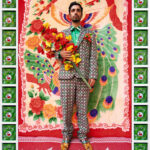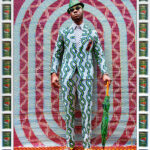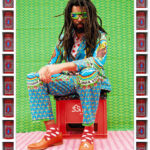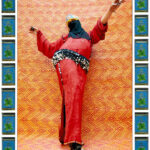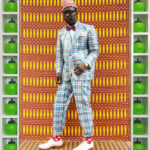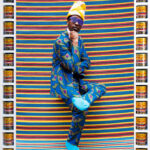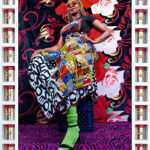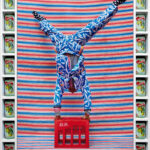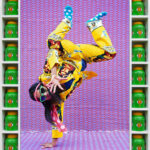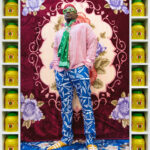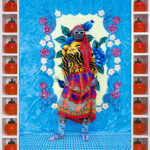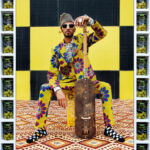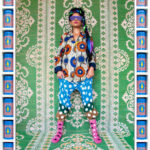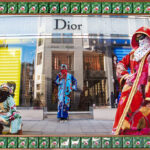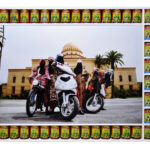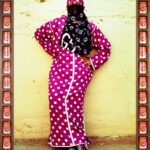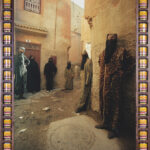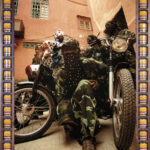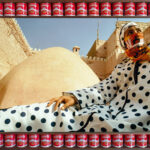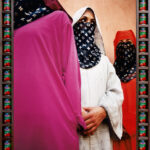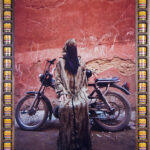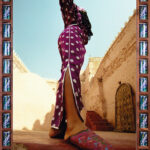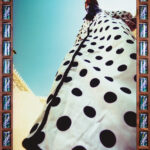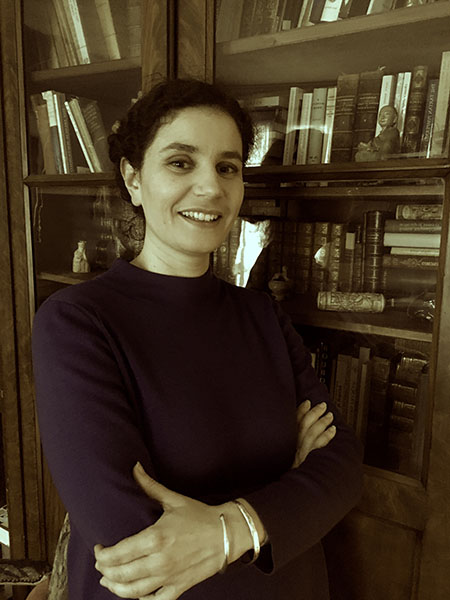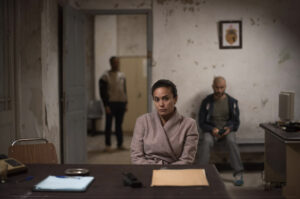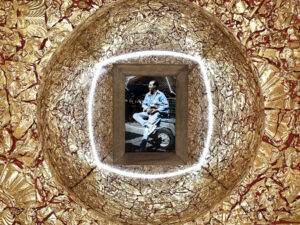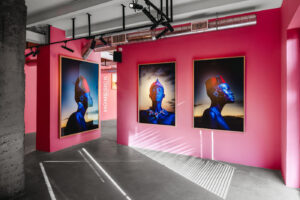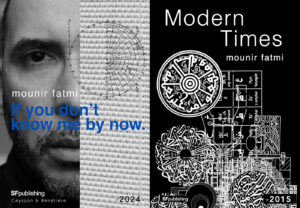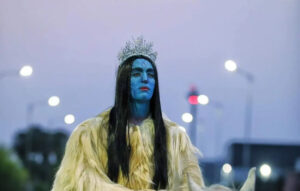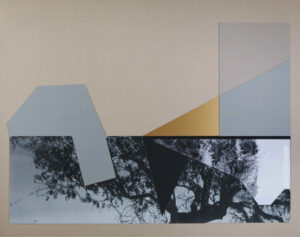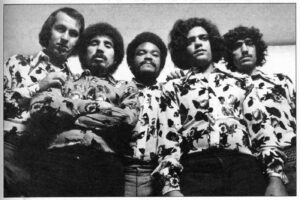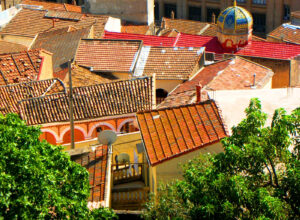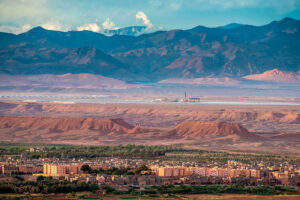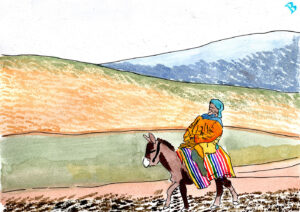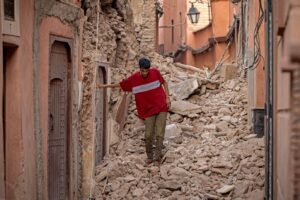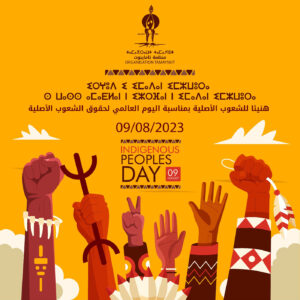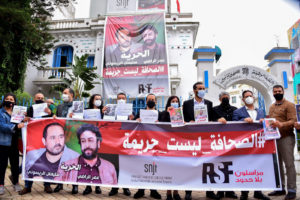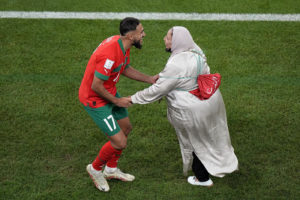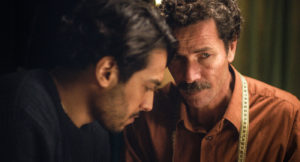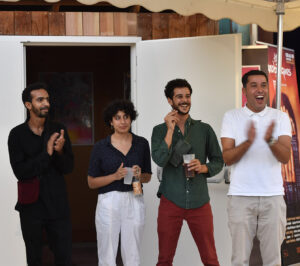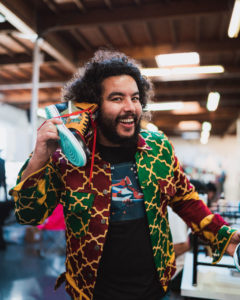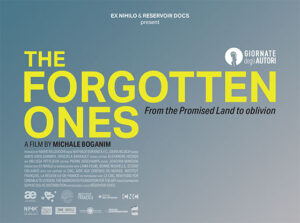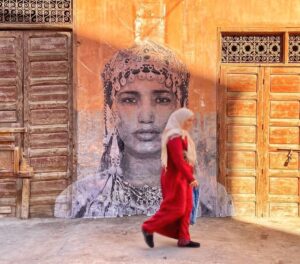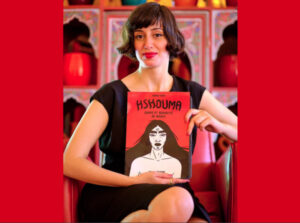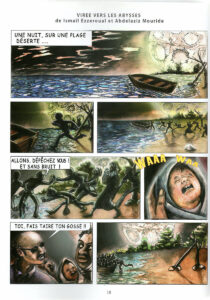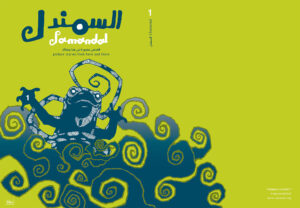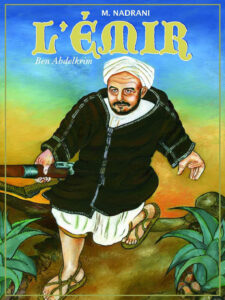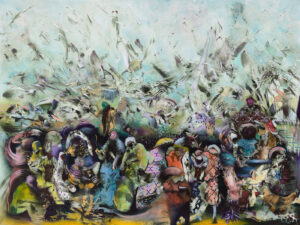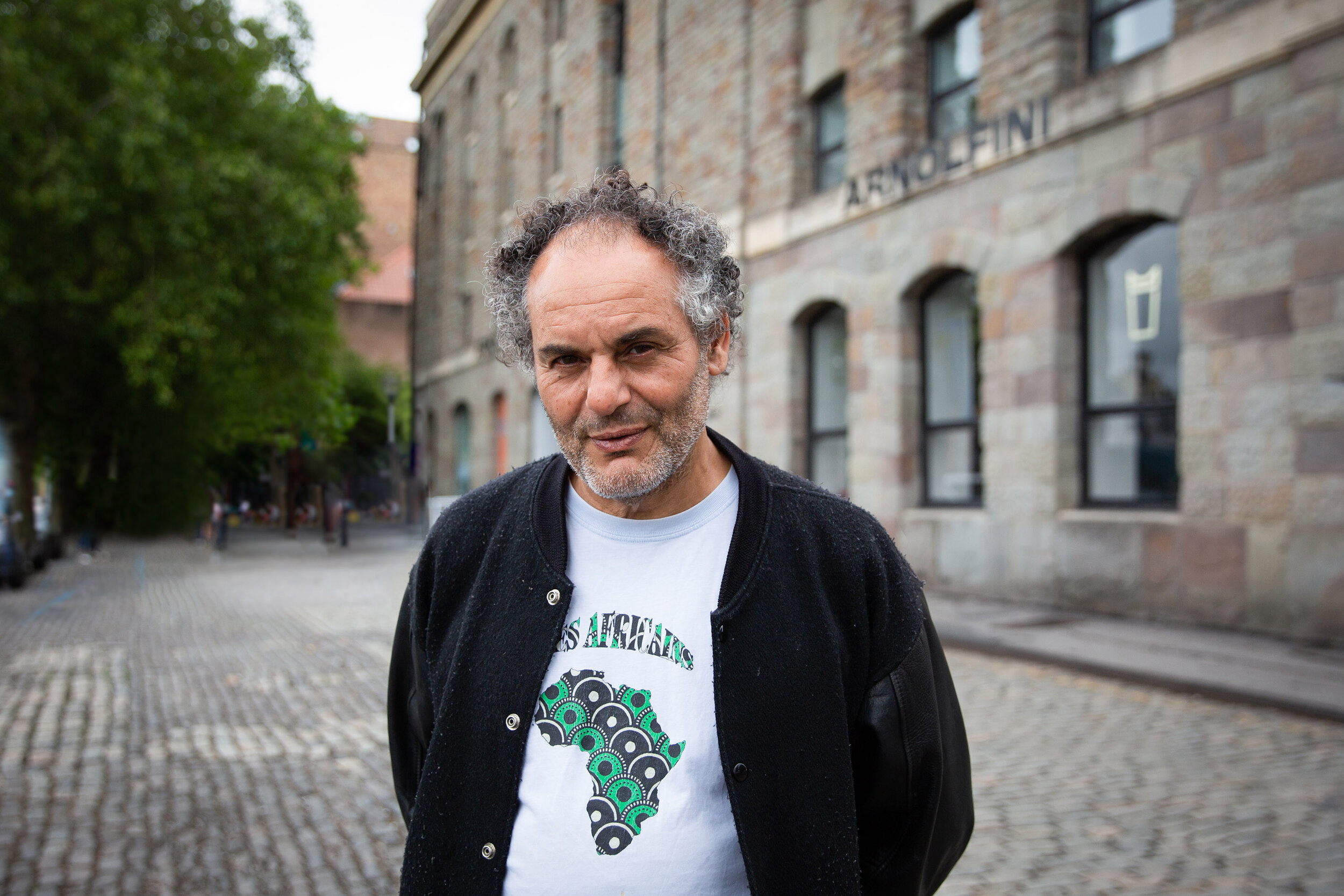
Melissa Chemam
Rarely does an untrained artist conquer the world the way London’s Hassan Hajjaj has New York this Spring — the last time an autodidact got this much attention might have been when Jean Basquiat was the rage. As the pace of life in downtown Manhattan begins to pick up again, Hajjaj has not one but two big shows on —”My Rockstars” at the Yossi Milo Gallery through May 29th, and “Vogue: The Arab Issue” at Fotografiska New York, at 281 Park Ave S., through November 7th. “Vogue: The Arab Issue” exhibits 30 years of fashion photography with a wink at high fashion of yore, turning Vogue’s “September Issue” on its head. Both shows incorporate the British-Moroccan artist’s flamboyant colors and schemes, invoking a world of dreams and fantasy reminiscent of the Beatles’ Yellow Submarine, if it had all of Morocco’s flare.
In “My Rockstars” Hassan Hajjaj’s 33 color photographs live in custom artist’s frames, on display against white walls with green and yellow accents/moldings at the Yossi Milo Gallery, 245 10th Avenue in Manhattan’s Chelsea quarter. The works are metallic Lambda prints on Dibond, in spray-painted white frames surrounded by a variety of tins, cans, and pop culture items. Physical image sizes range from roughly 29×19 to 41×59 inches, with most works at 44×30 inches. The works in this show are priced between $19,000 and $30,000, based on size.
I interviewed Hassan Hajjaj last year when his work came to Bristol. As a photographer and artist, his visuals continually dialogue with his dual identity, through his personal journey from his birthplace in Larache, Morocco, to England and now beyond, through his experience working around the world.
“I first grew up in Morocco, a world in technicolor compared to England,” Hajjaj told me, “so when I arrived in London at the age of 13, I felt like I had landed in a film noir.”
Hajjaj’s East London neighborhood was full of Jamaican, Pakistani, Indian, Bangladeshi and African young people; he was the only Moroccan he knew at the time.
“As a kid in East London, our immigrant neighborhood became my melting pot,” Hajjaj said. “My training happened in the streets more than anywhere else, among friends. We didn’t have many places to hang out, so we just met in the corner of our parents’ place! But we were all driven by our desire to be a part of this London scene. We wouldn’t go to university. Later, one became a cook, another friend a video maker, another a fashion designer, many others worked in music.”
Their inspiration didn’t come from galleries but from radio and television, infused with a love of reggae and hip hop.
“I was documenting our otherness, I think,” Hajjaj said. “That’s why there is color in my work, addressing religion a bit, and a touch of politics. You know, I left school at 15, with no qualifications. My friends and I were too uncomfortable to go to a museum or a gallery, a world far away from us. So as a group of creative people we just nourished each other. I used to program the parties; I would find the DJs, etc. And had a small boutique for street wear called RAP that became a meeting point for us, and for other untrained artists.”
Since the late 1990s, his film and photography work has been inspired by London’s immigrant cultures. It has now toured the world, graced the covers of the likes of Vogue and the pages of the New Yorker, working with Billie Eilish and fellow Moroccan, vocalist Hindi Zahra.
As a result, Hajjaj’s work is an invitation to a clashing voyage, full of unexpected encounters, vibrant colours and patterns.
His series of portraits “My Rock Stars” inspired by Moroccan youth, shines with energy and joy, and celebrates Black culture. We see African musicians wearing clothes designed by Hajjaj that reference modern African patterns and habits, in bright yellow, purple and green. Among them are Boubacar Kafando, Mandisa Dumezweni and Luzmira Zerpa. We also find vocal artist Cardi B. and actor Riz Ahmed. Whomever he choreographs and photographs becomes a Hassan Hajjaj creation.



